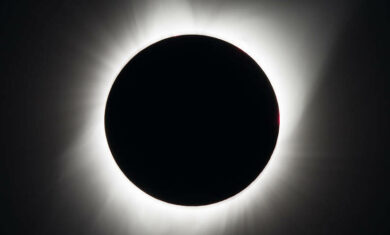Adler Skywatch: August 2024
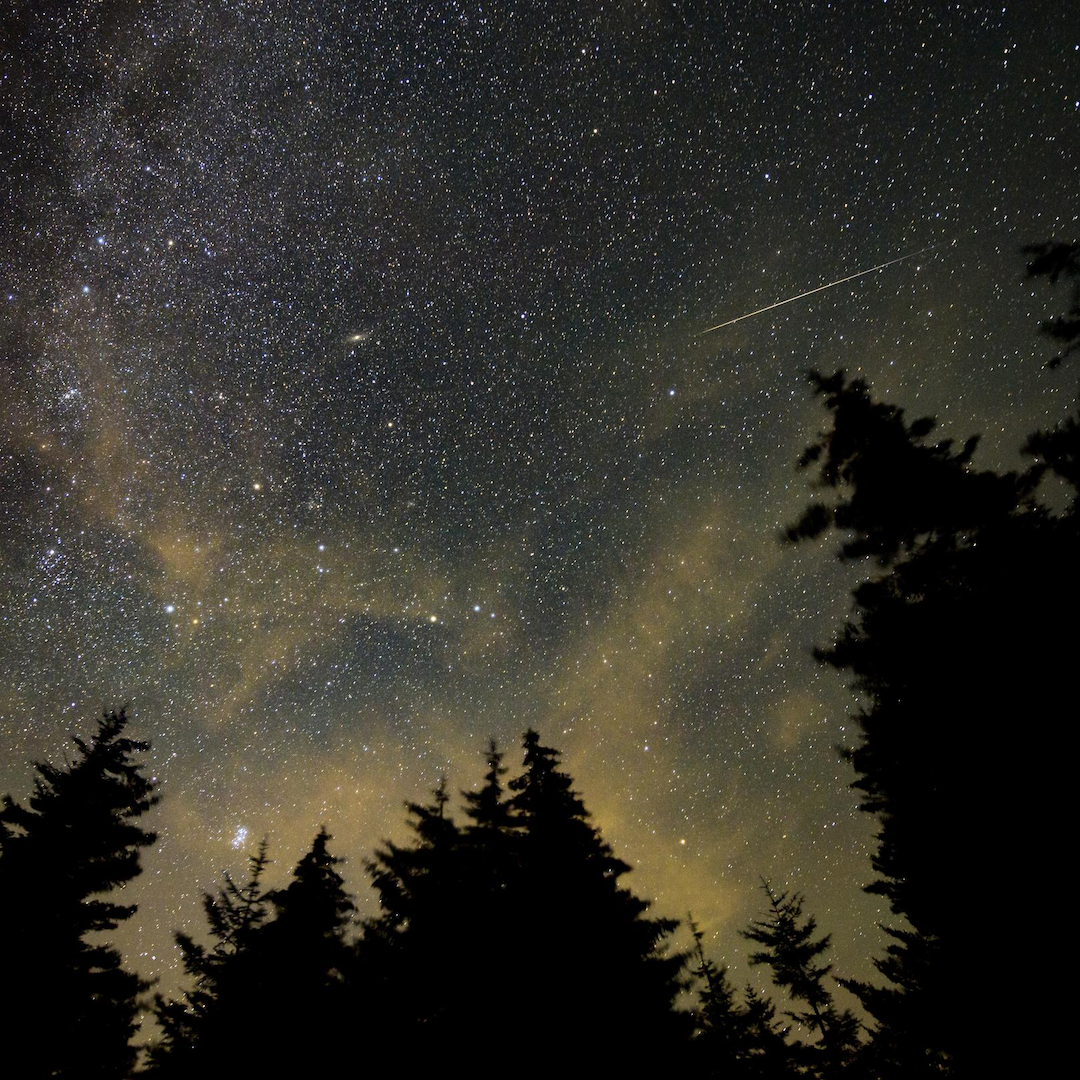
Header Image: A meteor streaks across the sky during the annual Perseid meteor shower, Wednesday, August 11, 2021, in Spruce Knob, West Virginia. Image Credit: NASA/Bill Ingalls
If you like looking for shooting stars, you can wait for a couple of reliable wintertime meteor showers—or you can start looking up this month, August, 2024!
The Perseid Meteor Shower
The Perseid meteor shower is an annual August highlight for night-sky viewers. It’s named for the constellation Perseus, since the meteors appear to radiate from that constellation. Meteors, sometimes called “shooting stars,” do not come from stars, which are many light-years away. Meteors are caused by small rocky or metallic bits of debris, usually from a comet, that burn up in Earth’s atmosphere. Meteor showers occur when Earth runs into a trail of comet debris. In the case of the Perseid meteors, the debris comes from Comet Swift-Tuttle.
To spot meteors, first go outside and give your eyes about 20–30 minutes to adjust to the dark. Look all around the sky for quick streaks of light. These streaks are caused by superheated glowing air as the tiny bits of comet material burn up due to friction with our atmosphere. You don’t need any special viewing tools to see meteors, you won’t see the meteors any better using binoculars or a telescope. Meteors range over a wide expanse of sky, so you don’t want to limit your view to a tiny window.
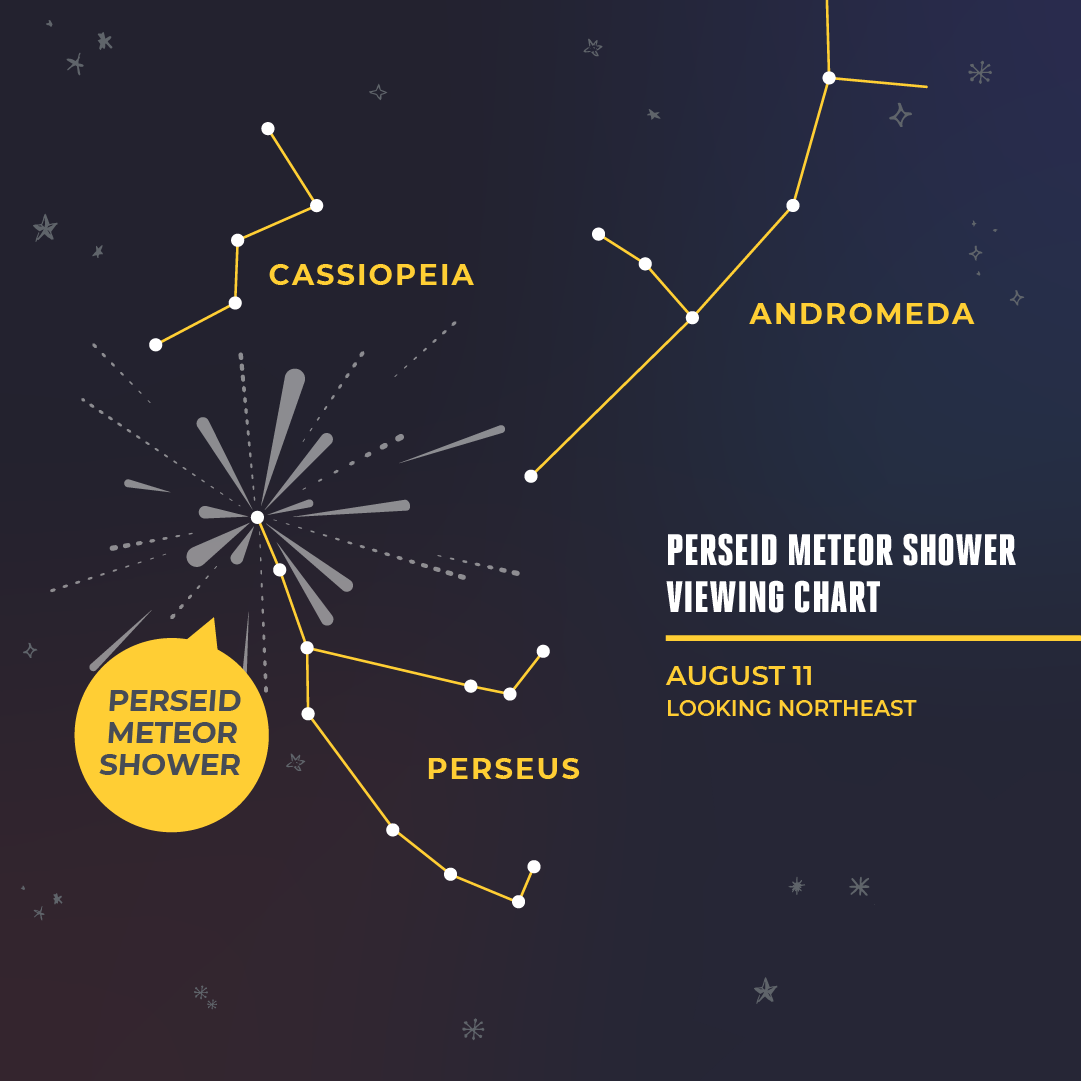
The shower’s peak is expected to fall between midnight and dawn the morning of August 12. One rule of thumb for meteor viewing is to be under a dark sky, with no glare from artificial or natural light (like the Moon). This year, the Perseids peak when the Moon is near its first quarter phase. However, the first quarter Moon rises around noon local time and sets around midnight; so its glare won’t interfere with the Perseids during their peak between midnight and dawn.
Estimates forecast a peak of about 50–90 meteors per hour under very dark, very clear skies. Far fewer meteors will be seen in light-polluted areas. There are other meteor showers that predictably produce the same number of meteors, or more. But those showers occur during the winter. The Perseids take place during the summer, when you won’t be freezing while observing—though you may need some insect repellent.
Planet Spotting This August
The brightest planet, Venus, has spent several months close to the Sun from our perspective on Earth, making it difficult or impossible to view. In August, it starts to move out of the Sun’s glare. Usually, you need to wait until about 40 minutes after the Sun has set to see night-sky objects near the Sun. But at nearly -4 magnitude, you may be able to see Venus earlier in evening twilight once the Sun has completely set. Do not look before then, because looking at the Sun could cause permanent eye damage.
Look for Venus very close to the western horizon. It gets a little easier later in the month, as Venus moves southward each evening and further away laterally from the Sun.
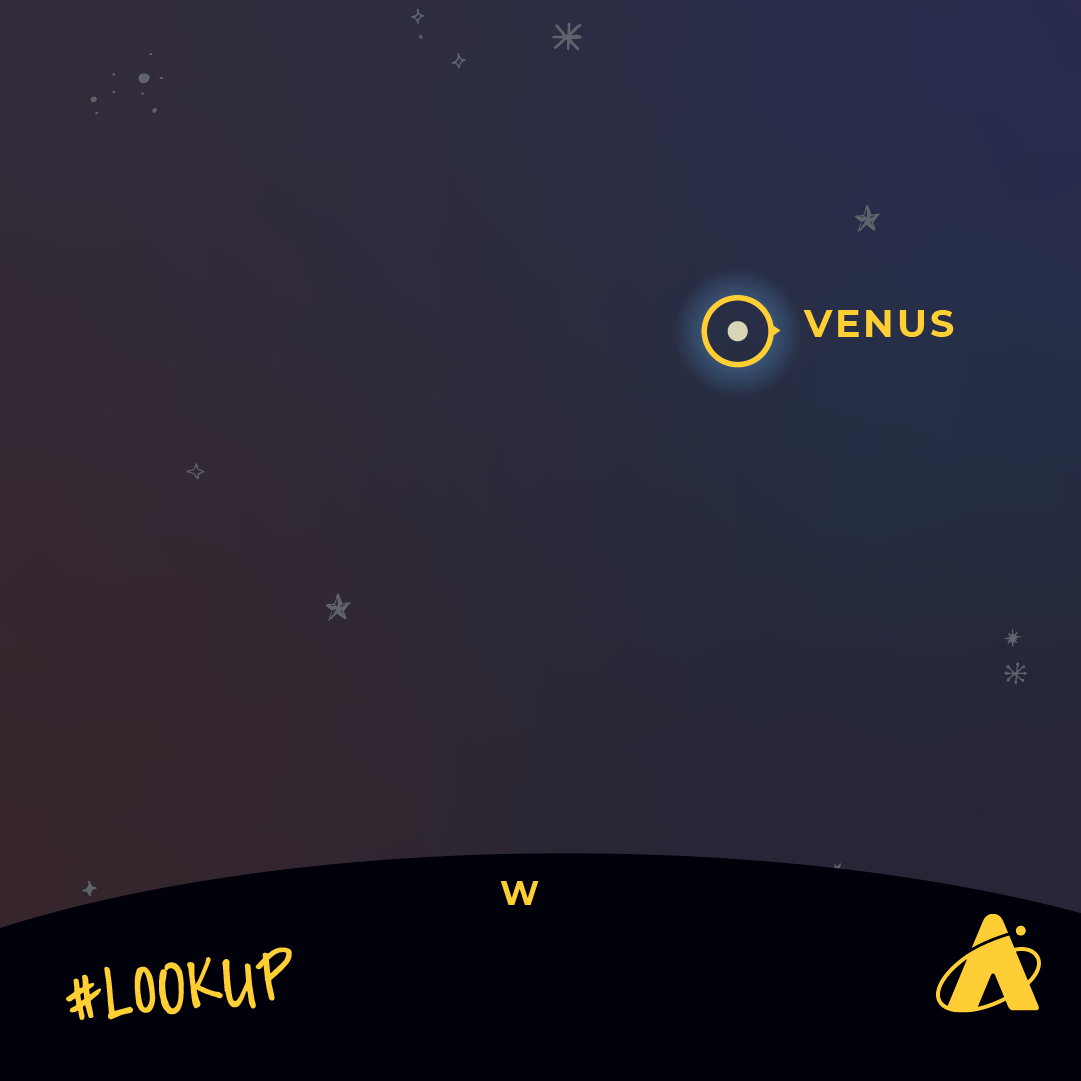
Mercury spends most of this month hidden in the Sun’s glare. But if you have a clear view to the east-northeast horizon, you may be able to spot it about 40 minutes before sunrise on August 30–31. Mercury is slightly brighter than magnitude 1 on these dates. It continues to get brighter and further from the Sun the first few days of next month as well.
The planet Jupiter shines brightly at about -2 magnitude this month. It rises in the east-northeast around 1:30 am Central time at the start of the month, and around midnight by month’s end. Not far from Jupiter this month is the planet Mars, shining at about magnitude 1. Mars starts the month slightly above and to the right of Jupiter in the sky. From August 13–16, the two planets appear to be less than a degree apart.
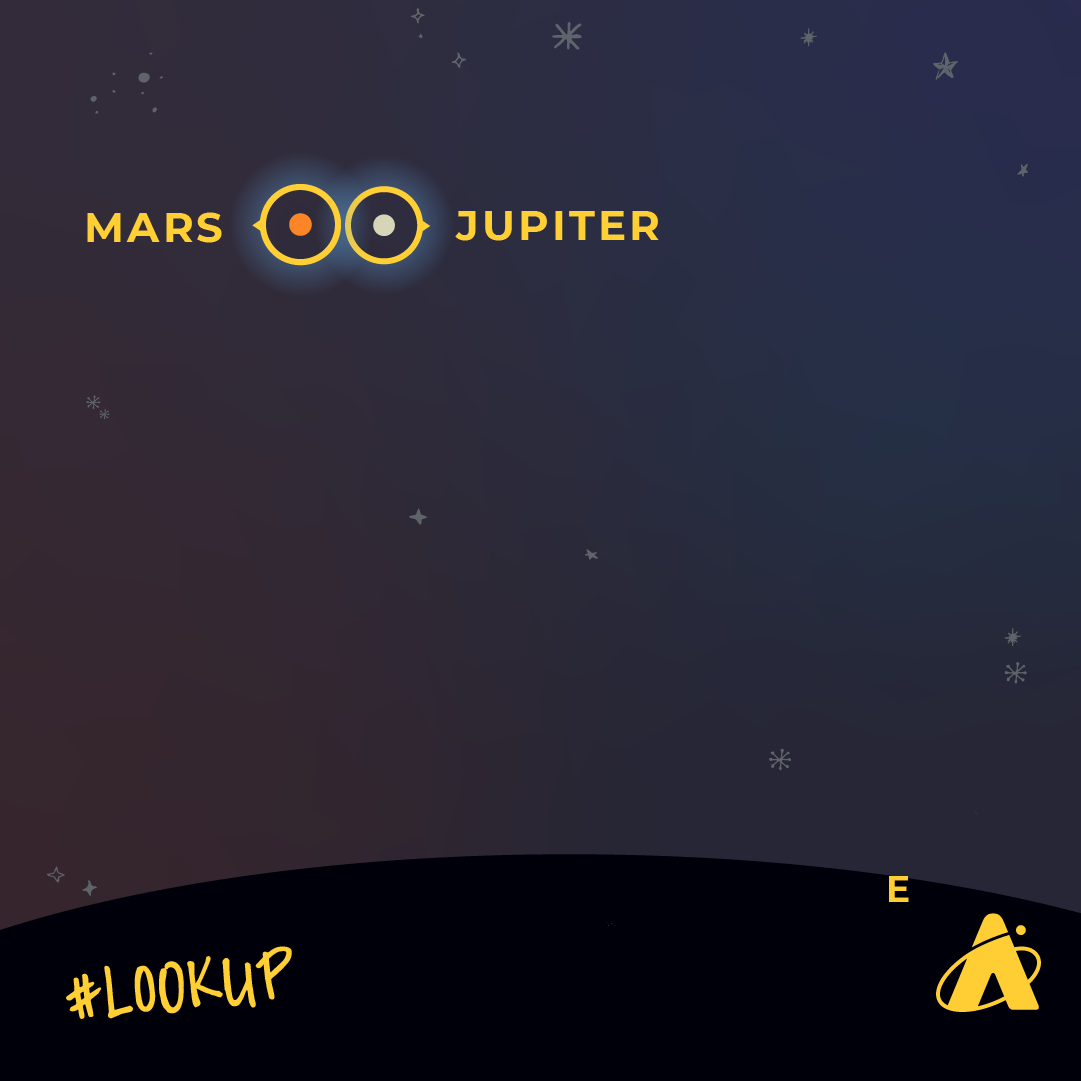
As those mornings pass, Mars appears to move from above Jupiter to below it. Mars continues to move further below Jupiter each morning, so that by month’s end it appears about eight degrees below and to the left of the gas giant. The morning of August 27, a waning crescent Moon hovers above both planets. When the stars begin to fade into dawn’s light, Jupiter and Mars are about halfway up in the southeast sky early in the month, and about 60 degrees up in the southeast sky by month’s end.
The planet Saturn rises slightly south of east around 10:00 pm at the start of the month, and around 8:00 pm by month’s end. It’s slightly brighter than magnitude 1, and continues to brighten each night of the month. The night of August 20, Saturn appears less than half a degree away from the edge of a waning gibbous Moon. As the night passes and turns into the morning of August 21, the planet appears to move away from the Moon’s edge. Saturn gets about 40 degrees high in the south at its highest, and fades low in the southwest skies in morning twilight.
Moon Phases

New Moon: August 4
First Quarter Moon: August 12
Seasonal Blue Full Moon: August 19
Last Quarter Moon: August 26
Please note: these descriptions are for the Chicago area, using Central time.
Subscribe To Skywatch Wednesday This August!
Tour the sky with the Adler Planetarium’s Theaters Manager, Nick, in Skywatch Wednesday. Nick uses cutting edge visualizations, NASA images, and astrophotography to show you what you can see in the night sky throughout the year.
Check out Nick’s latest episode for your guide to summer stargazing! Nick explains how to see the summer triangle, our galaxy the Milky Way, Saturn, and zodiac constellations. Learn how to see the meteor shower of the summer, the Perseids, and this summer’s full Moons, including a blue Moon on August 19, 2024!
Learn From Our Astronomy Educators!
Watch exclusive live episodes of Sky Observers Hangout this August! Learn how to observe upcoming cosmic happenings, enhance your astrophotography skills, and see celestial objects through a telescope virtually with our astronomy educators.
In our newest episode, join our astronomy educators, Michelle and Hunter, to observe globular clusters through our Doane Observatory telescope in this cluster blockbuster! Globular clusters dazzle through telescopes with their tightly packed collections of tens or hundreds of thousands—or even millions—of stars. With some of these stars dating back to the early days of the universe, they give us insights into how stars form and evolve, and how galaxies collide and change.




